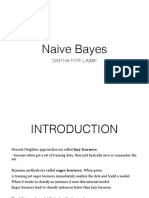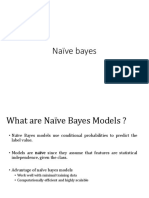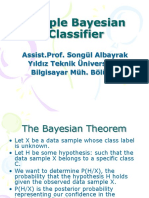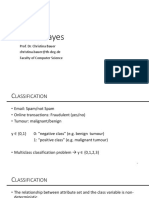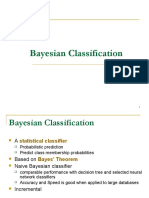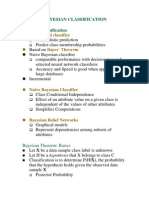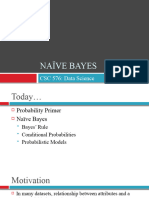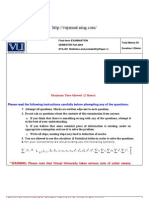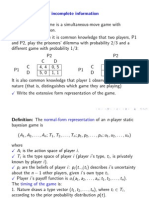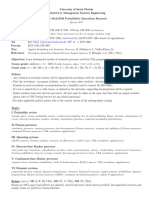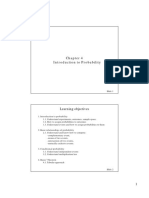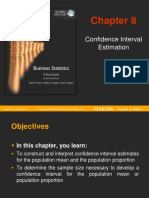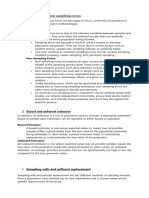0% found this document useful (0 votes)
160 views17 pagesBayesian Classification Examples
- Naive Bayesian classifiers are based on Bayes' theorem and assume attribute independence.
- They calculate the probability of a new data point belonging to each class based on the probabilities of the attributes given each class.
- While making a strong independence assumption, naive Bayes classifiers are fast, simple, and often highly accurate in practice.
Uploaded by
SMCopyright
© © All Rights Reserved
We take content rights seriously. If you suspect this is your content, claim it here.
Available Formats
Download as PDF, TXT or read online on Scribd
0% found this document useful (0 votes)
160 views17 pagesBayesian Classification Examples
- Naive Bayesian classifiers are based on Bayes' theorem and assume attribute independence.
- They calculate the probability of a new data point belonging to each class based on the probabilities of the attributes given each class.
- While making a strong independence assumption, naive Bayes classifiers are fast, simple, and often highly accurate in practice.
Uploaded by
SMCopyright
© © All Rights Reserved
We take content rights seriously. If you suspect this is your content, claim it here.
Available Formats
Download as PDF, TXT or read online on Scribd
/ 17

